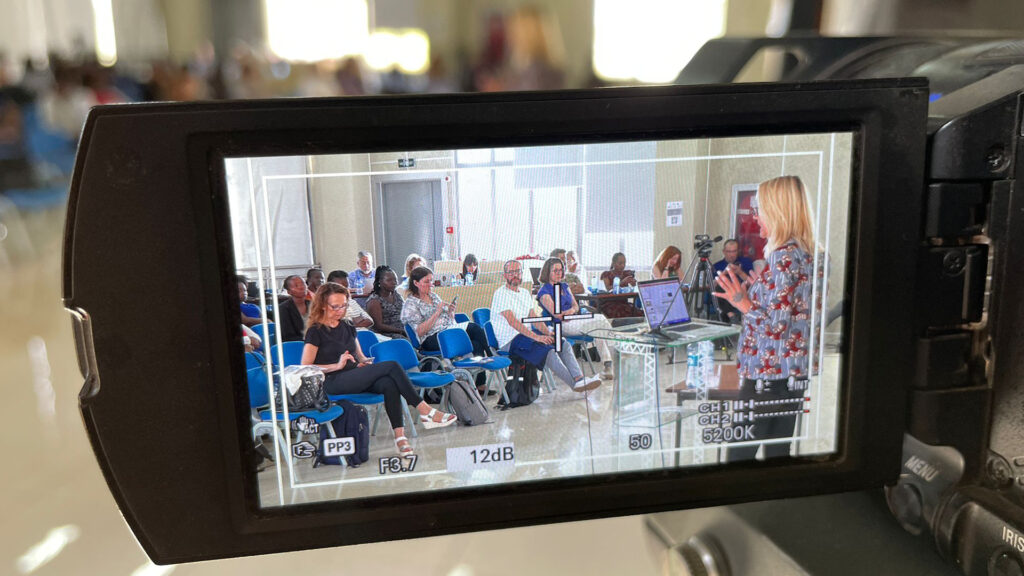A two-day symposium featuring lectures, discussions, demonstrations and performances highlighted CAPHE’s initial mobility, with researchers using their time in Kenya to chart the project course over the ensuing four years. Organised by partner institution the Polish Society for Aesthetics (PTE), the two-day session featured presentations themed on New Coordinate for Hybrid Space-Experiences.
The effects of advanced technologies on the making and presentation of culture featured among the topics for consideration at Kenyatta University’s International Language and Culture Centre. Presenters included academics, artists, instructors, organisers and performers, who provided views on trends enabled by virtual and augmented reality.
Aimed at providing attendees and viewers with a comprehensive examination of the effects of these technologies on culture production, the symposium embraced not only creation and presentation. Segments included those on ethics, heritage preservation, political and social impacts, as well as those on teaching and learning.
In addition to CAPHE participants, the symposium drew speakers from outside the project, as well as those who delivered their addresses remotely. Keynotes by Kenyuan collector E. Mutuma Marangu and Prof. Michal Ostrowicki from Poland’s Jagiellonian University bracketed the presentations.
They touched on such areas as the methodologies for knowledge transfer in art-making, networked performance, the prospect for expanded engagement among cultural actors on a global scale, and the impact on politics of these technologies. Speakers examined skills-acquisition through game-based learning, strategies for cultural integration in the performing arts, and the aesthetics applied in mental health and social welfare.
A hybridized opera performance opened the symposium, which was carried live on Kenyatta University’s KUTV television station. And case-study examples from the worlds of music, installation, and fashion provided illustrative examples of the ways that virtual and augmented reality are changing the way art and culture are made a received for an audience that included students and members of the public.

